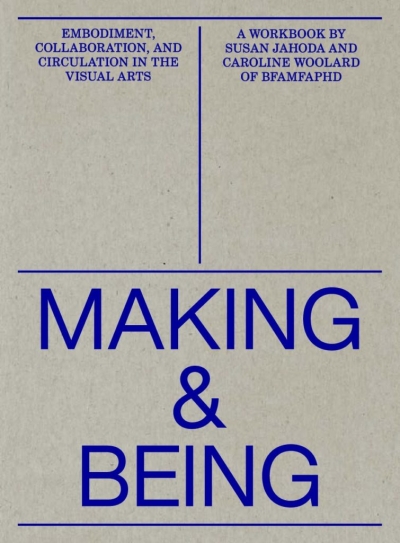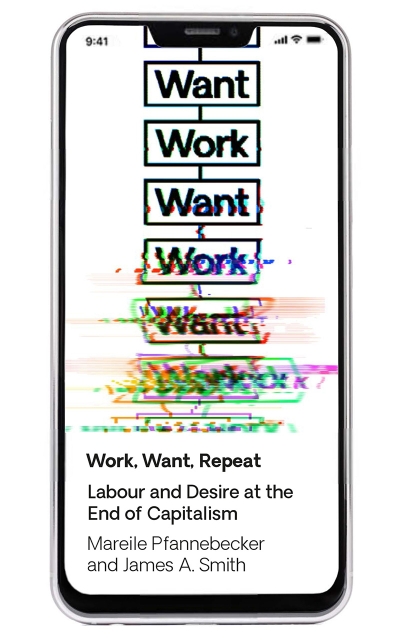
Simon Vélez. Architect Mastering Bamboo. Architecte La Maitrise du Bamboo
Construction [in concrete] as conceived in the third world produces cavernous spaces : a cave has a stone floor, stone walls and a stone roof (...) we do not come from the caves, we are not cavedwellers, we come from the trees and we are men of the treetops even if we do now live in caves, current architecture follows an exaggerated and unhealthy regimen. It is totally carnivorous. The state of nature demands that we come back to a more balanced, more vegetarian state (...).
For Colombian architect Simon Vélez (born 1949), botany has been inextricable from architecture. His work has been significantly determined by his country's tropical resources, in particular its lush vegetation and abundance of guadua bamboo--a common species throughout the valleys of Colombia. Working in close collaboration with the engineer-constructor Marcello Villegas, Vélez has devised bamboo buildings that are extraordinary not only in appearance but also in their structural simplicity, and in their suitability for scenarios in which construction tools and resources are minimal. Vélez has so successfully popularized guadua bamboo that today even his wealthiest clients are commissioning luxury residences in this material formerly associated with peasant dwellings. He has also successfully persuaded numerous public administrations, town councils and businesses concerned about the environmental impact of their activities to adopt and promote guadua bamboo; he has designed bamboo buildings in Germany, France, the United States, Brazil, Mexico, China, Jamaica, Colombia, Panama, Ecuador and India. In this monograph, illustrated throughout by Deidi von Schaewen's photographs, author Pierre Frey guides us through a range of works by Vélez, examining his construction methods--in bamboo, steel and wood--as exemplifying a new kind of vernacular architecture.
bilingue français-anglais
Avec pour seuls outils un cahier Clairefontaine et des crayons de couleur, l’architecte colombien Simon Vélez décline des structures complexes en bambou guadua (guadua angustifolia), espèce endémique des vallées colombiennes.
Le travail de Simon Vélez, fils d’architecte, est largement déterminé par les conditions du climat tropical – équivalence immuable du jour et de la nuit, absence de saisons, luxuriance et diversité phénoménales de la végétation, y compris dans les altitudes élevées au climat frais. Chez lui, comme pour les Colombiens, la botanique est une sorte de seconde nature, qu’il manie magistralement dans son travail.
En étroite collaboration avec l’ingénieur-constructeur Marcello Villegas, il a imaginé une série d’assemblages de tiges de bambou et développé un savoir-faire à la fois très spécifique et d’une grande précision. Sa mise en oeuvre est exigeante, mais d’un niveau technique suffisamment simple pour qu’il puisse l’appliquer dans des conditions de chantiers forains ne disposant que d’un outillage assez simple. L’optimisation de cette technologie est à la base de l’organisation de ses chantiers, où il opère à l’aide d’une importante main-d’oeuvre qualifiée.
Avec cette monographie illustrée par des photographies de Deidi von Schaewen, Pierre Frey nous offre l’un des rares ouvrages sur ce créateur. Tout au long de ce portrait, textes et images nous font découvrir un panorama des édifices et des méthodes de construction de l’architecte colombien, relevant d’une architecture vernaculaire que l’auteur considère comme un “symptôme de l’état du monde et des sociétés qui le peuplent”.
Le pragmatisme développé par Simon Vélez pour ses constructions en bambou guadua est typique de toute sa démarche. Il agit de manière analogue, qu’il travaille le béton, d’autres espèces de bois ou l’acier. Il se défend d’ailleurs énergiquement d’être un bambousero et s’entend à merveille à distinguer les matériaux en leur assignant les fonctions les plus spécifiquement conformes à leurs performances. Il a ainsi su persuader ses clients les plus fortunés de se faire bâtir des résidences luxueuses, édifiées dans le matériau utilisé par les simples paysans ! Il a également réussi à convaincre maintes grandes administrations publiques, municipalités ou entreprises soucieuses de leur empreinte environnementale d’adopter le bambou guadua et d’assumer l’image qui lui est liée.

































































































